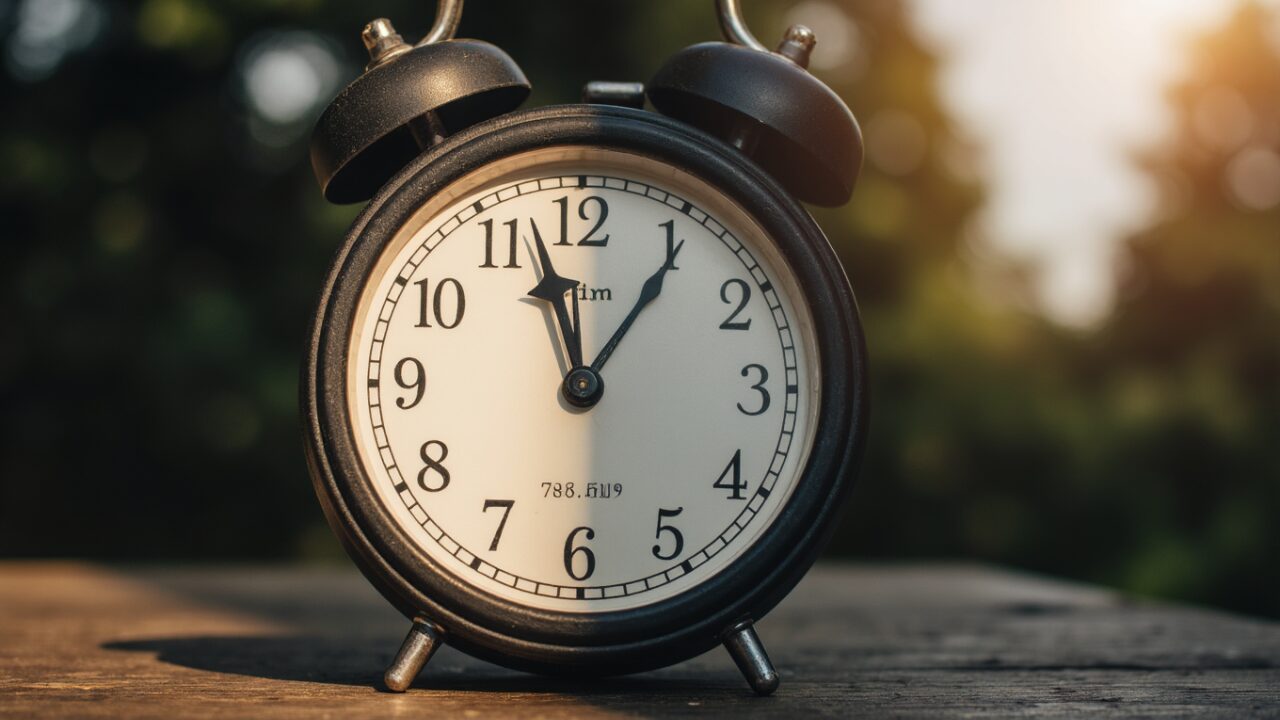Daylight Saving Time: Its Upside and Downside Impact
Ah, the twice-yearly ritual: the confusing clock changes, the lost hour of sleep in spring, and that glorious extra hour in autumn. Daylight Saving Time (DST) is a part of life for many of us, but have you ever stopped to think about why we still do it, or whether the benefits truly outweigh the costs?
Let’s wind the clock back for a moment. The modern concept of DST really took off during World War I in Germany, and later the U.S., as a way to conserve fuel and power by extending the workday into the evening sunlight. While the world has certainly changed since then, this century-old practice continues to spark fierce debate.
So, let’s break down the pros and cons of this time-honored (or perhaps, time-wasting) tradition.
The Upside: Brighter Evenings and Happier Wallets
Proponents of DST sing the praises of those extended evening hours. Who doesn’t love leaving work while the sun is still high in the sky?
- More Time for Play: Lighter evenings naturally encourage people to get outside. We spend more time on outdoor recreation, running errands, or simply enjoying the patio. This boost in outdoor activity is great for physical and mental health.
- A Boost to Business: That extra hour of daylight after work is a goldmine for the economy. People are more likely to shop, dine out, and participate in evening activities, giving a noticeable lift to retail and hospitality sectors.
- Increased Safety: Studies suggest that lighter evenings can actually reduce crime rates and lower the number of traffic accidents. With better visibility during peak commuting hours, drivers can see pedestrians and potential hazards more easily, and fewer crimes occur in well-lit areas.
The Downside: The Jolt to Our Jive
On the flip side, DST’s impact on our daily lives, particularly in the spring, is a serious pain point for many—and not just because we miss an hour of sleep.
- A Threat to Health: The most compelling argument against DST is the disruption to our internal body clocks, or circadian rhythms. Sleep experts warn that even a one-hour shift can negatively affect health. Research links the springtime change to upticks in heart problems, cluster headaches, and workplace accidents as our bodies struggle to adjust.
- The Productivity Plunge: Losing sleep often means dropping productivity at work. That grogginess and mental fog following the “spring forward” means we’re not operating at our best, costing businesses time and money.
- The Energy Question: The original goal of saving energy is now highly disputed. Modern life, full of air conditioning and electronics, means the modest reduction in lighting needs is often canceled out by increased demand for other energy uses during the lighter, warmer evenings.
The Verdict: A Question of Permanent Time
The debate isn’t so much about if we should change the clocks, but what time we should adopt year-round. Many experts, particularly those focused on health and sleep, advocate for permanent Standard Time, arguing that the earlier light in the morning better aligns us with the natural solar cycle. On the other hand, those who love bright summer evenings passionately push for permanent DST.
Ultimately, for a practice created over a century ago for war-time efficiency, Daylight Saving Time feels increasingly out of sync with modern life. While we love the summer benefits, we certainly pay for them come March.
What do you think? Should we keep springing forward and falling back, or is it time we choose a side and settle the clock chaos for good? I’d love to hear your thoughts! Leave your comment.




Because there are so many people affected by the loss of sunlight when we lose that hour and the other darker hours of the colder month, I vote for daylight savings time. I think sunlight makes people happier. And I *know* it makes me happier!
I like the extra hour of daylight but that means the school kiddos have to leave for the bus in the dark! Personally I’ll take it either way, just don’t keep changing it. Maybe they could come up with a compromise and move it 1/2 hour back and leave it alone after that. Enjoy your extra hour of daylight and see you in January!
Oregon actually held a vote to stay in one time several years ago (I’m team Standard time, but I believe it was supposed to be DST) … but it was contingent on doing as a block with other states …. Decades ago, my mother-in law Dorty would spend over a month adjusting her kitties’ eating time, 5-10 minutes each day.
Honestly, the whole back-and-forth clock changing twice a year feels like total nonsense to me. What makes it even more absurd is that North America and Europe don’t even switch on the same dates but a week apart! For that period, meeting times and schedules turn into a nightmare. It’s such an outdated system; I wish we’d just pick one time and stick with it already.